First, make yourself a cup of relaxing tea: lemon balm, chamomile, lavender, whatever relaxing herb you have on hand and then we will dive into this topic together.
My personal definition of eco-anxiety is : stress over the future of life on earth, fear for oneself and/or children, that this beautiful planet will becoming inhospitable in coming decades. I know, such a bummer!! But I promise that this article is meant to uplift, we are going to be easing eco-anxiety and not instilling any more fear into this world so dominated by this undesirable emotion.
I myself spent the first half of my 20’s living in fear and anxiety, worrying constantly about the state of the climate and observing deforestation and all the negativity going on in the world. With time I’ve come to see that all the focus on the bad was not helping the world and only debilitating my ability to be of service. And now, at 28 years old, I have changed my life completely from my early 20’s depressed, anxious and pessimistic self and I owe it all to nature! Since graduating from college I entered the world of organic farming & gardening and traveled much of South & Central America working in farms, gardens, and ecological projects for years & years. This isn’t to brag, but more to say that I have seen with my own eyes that there is lots of nature, forest, jungles, and wildlands still intact on Earth.
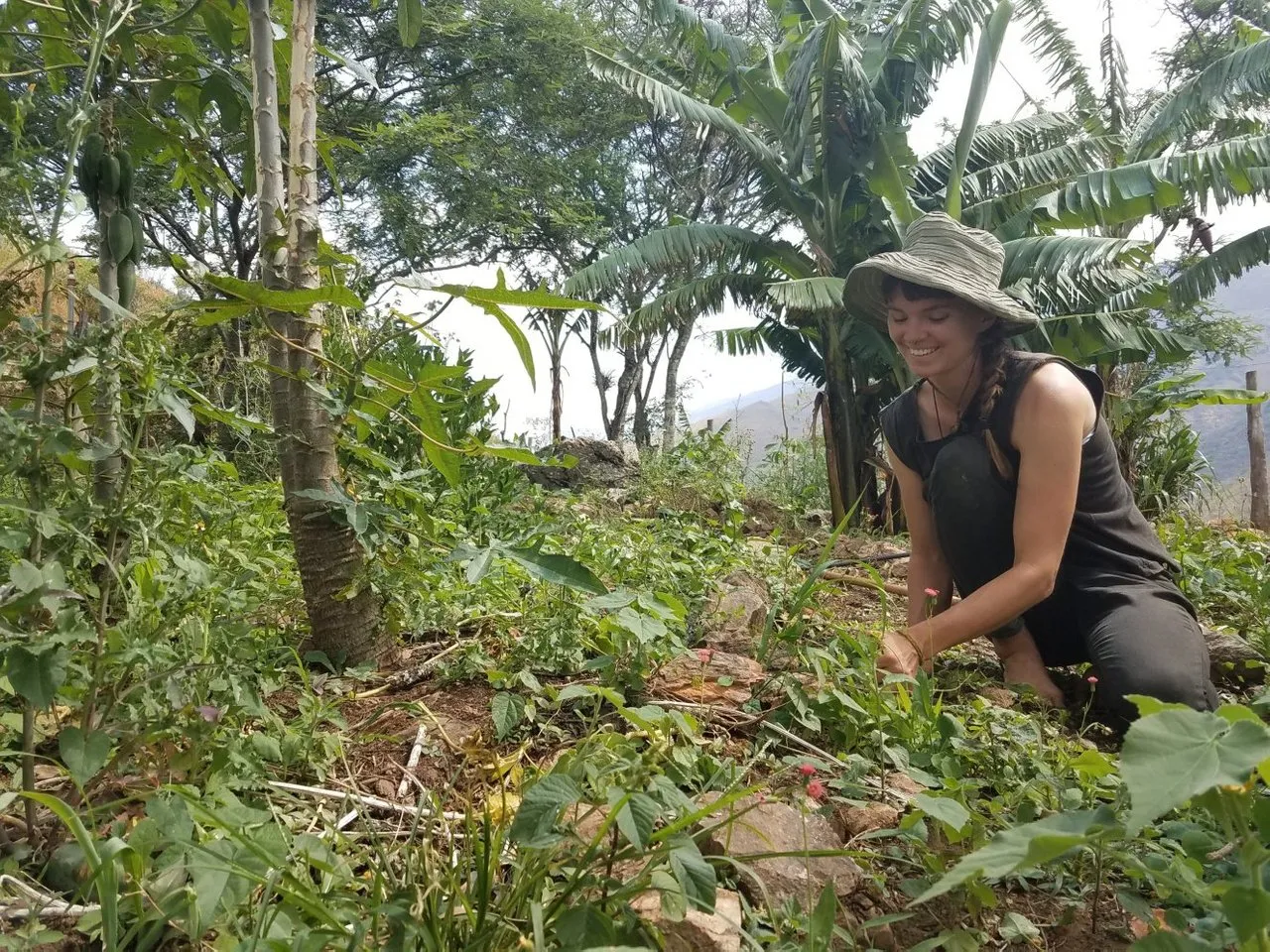
So please, don’t call me a climate-change-denier, instead a hope-bringer as I say that : the future is bright for those who choose to see it and -more importantly- for those who choose to play a role in Earth’s future.

Because worrying, complaining, and writing anxious tweets about the climate does nothing for the climate. Appreciating nature, planting gardens and cultivating a relationship with your surroundings, however, all have endlessly beneficial impacts on you and the world. So ask yourself, how much time do you spend worrying vs. how much time you spend in nature and caring for our planet?
Let’s stress less ...
and act more. I promise you that much more will result from positive actions. So, here is a list of ecological activities and projects, I am going to skip over the obvious ones like recycling & buying organic when possible and instead focus on DIY (do it yourself) activities in your home and surrounding area.
#1 Take note of the nature & wildlife where you live:
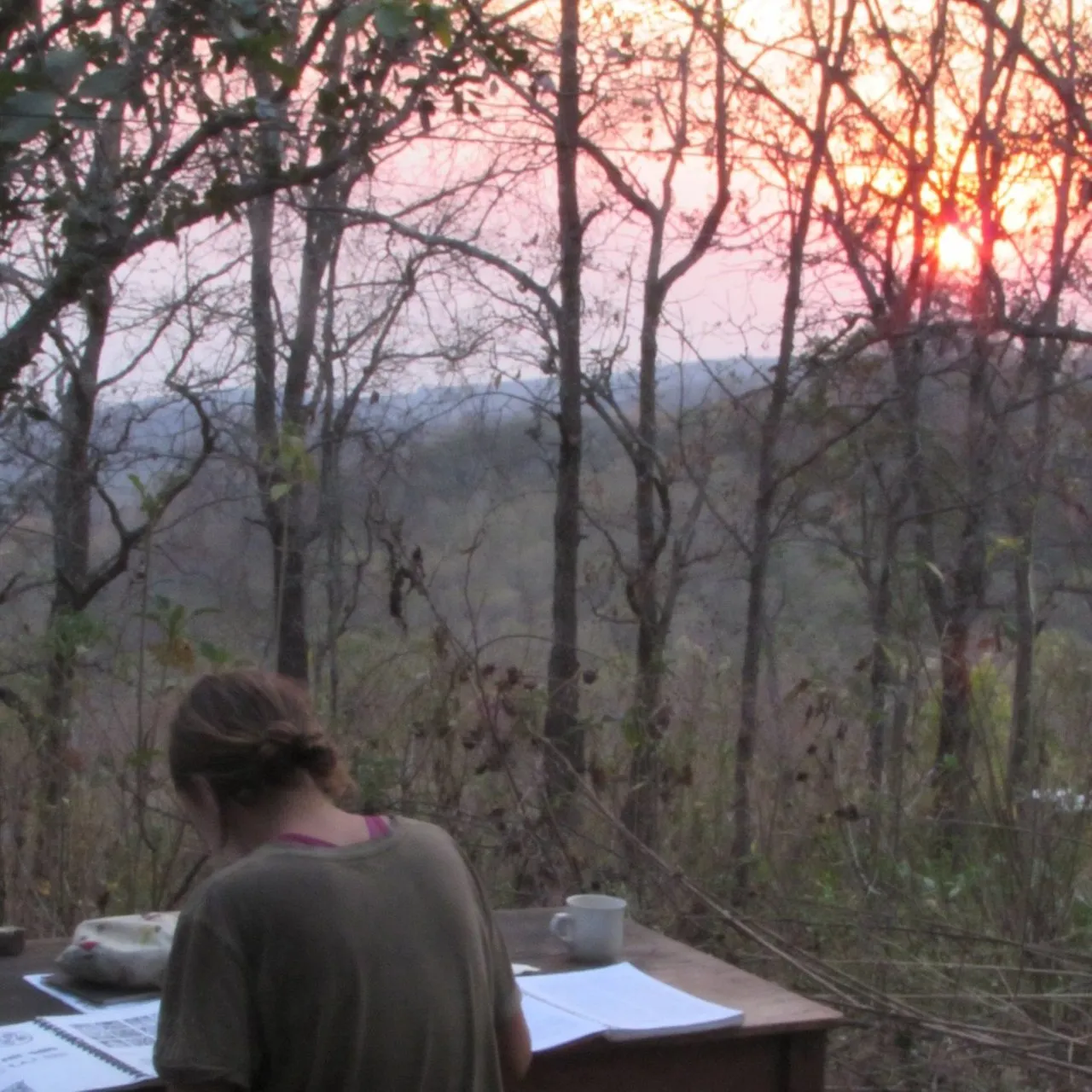
Begin a list of plant life, mammals, birds & insect species that you see in your yard or on walks. Getting a guide book on local flora & fauna will help you with identification. This step is particularly important if you plan to build a wildlife garden (see suggestion #3) and will otherwise help you to value the wildlife that surrounds you everyday.
#2 Grow an edible or medicinal garden:
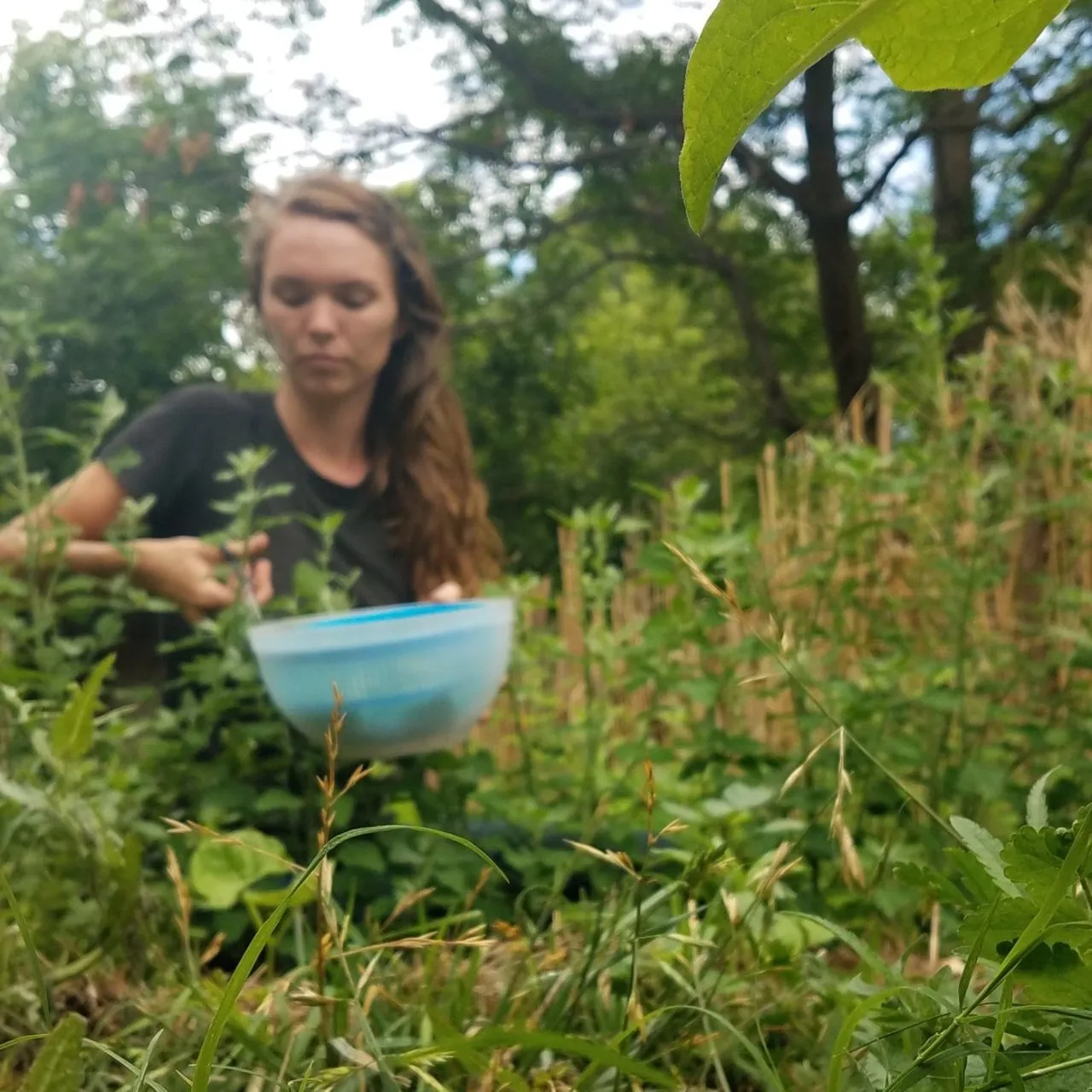
If you have been following this blog you will have noticed the emphasis on growing herbs. Vegetable garden and orchards of fruit trees are just as important as growing herbs and mu partner and I tend to a big garden with a mix of veggies, flowers and herbs. But since I am no expert on growing vegetables I don’t often write about the subject. Not being an expert shouldn’t deter anyone from trying to grow (some of) one’s food. My advice for a successful garden experience is this: grow what you like to eat, feed your soil with compost, and be patient with yourself (and the garden). Gardening is hard work and requires a lot of trial & error. Fortunately the end result is delicious food that you grew!
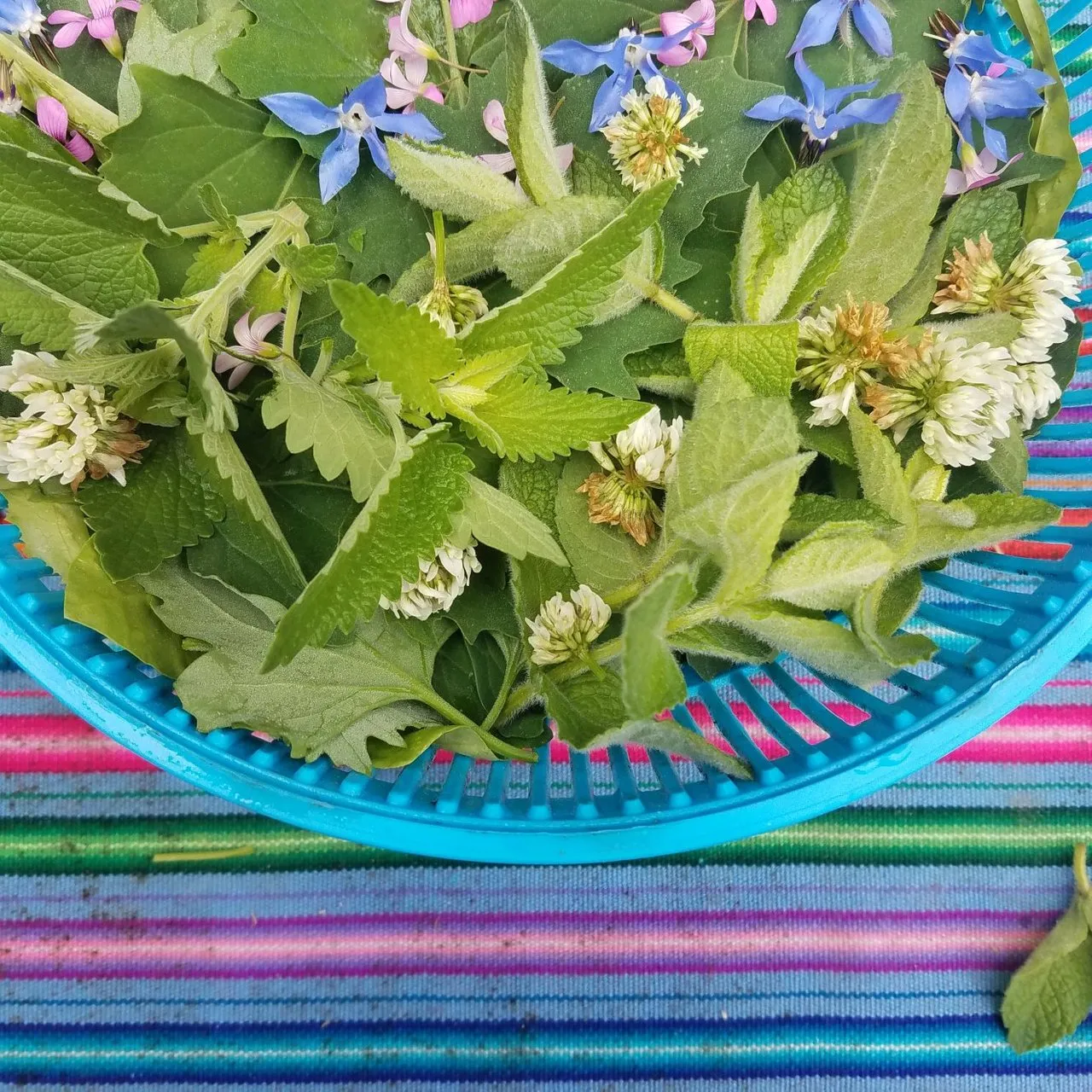
#3 :: Plant a wildlife garden:

If you have the space, creating habitat for local insects & other animals will change the world, at least the little world where you live 🙂 and if you don’t have the space, consider teaming up with neighbors to beautify a local alley of some other unused piece of Earth – for example a sidewalk median or an abandoned flower bed of your apartment building. Even a few ceramic pots of a balcony will work. Which exact plants will depend on where you live and which animals you would like to attract. Talking to nearby gardeners & visiting native plant nurseries will help you collect ideas and plants for your wildlife garden.
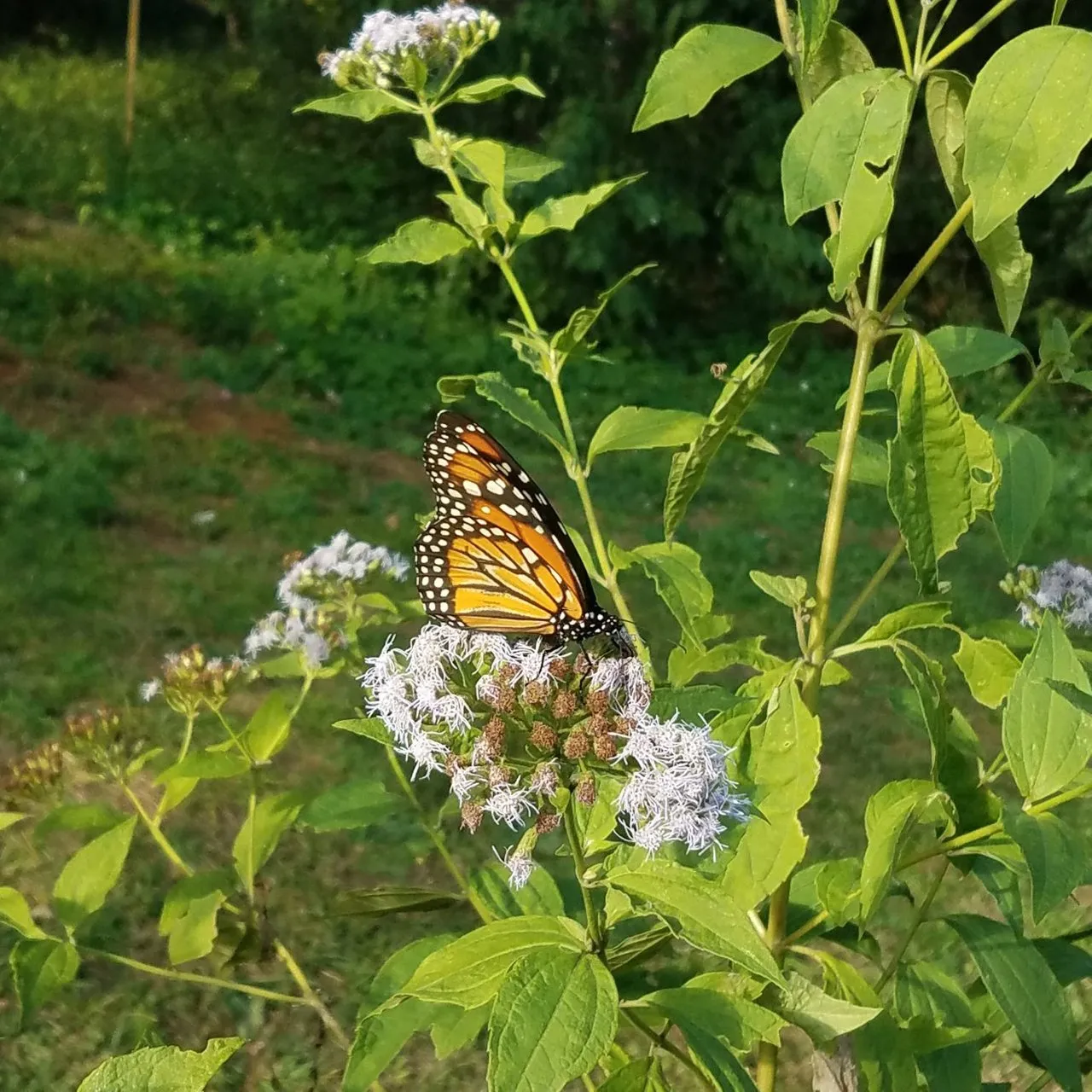
Our wildlife garden is a mix of native & non native flowers and herbs designed to attract pollinators to the farm where we live. I will definitely be posting more detailed articles on this subject in the future!
#4 Advocate for local wild places:
be it a nearby patch of forest of a meadow of wildflowers, it is so vital to conserve the wildlands that do still exist, especially in areas of rapidly expanding cities and suburban sprawl. More than likely there is a local group of volunteers already in doing this work. You can start by checking out their website and attending a volunteer event. Not only will you meet new folks who share a love for ecology, you will also become more connected with the ecology of your place- which of course includes humans!
Beyond Carbon – Ecology is complex:
This article is almost over but I wanted to include one more suggestion and that is: let’s not get too caught up in carbon, carbon footprints, carbon tax ect. The mainstream & even alternative media tend to hyper-focus on this one element of ecology as if it were the only factor of importance.
It is analogous of all of the focus on monarch butterflies, when in reality many species of butterflies need our help & our gardens. Paying a tax to “offset” carbon via donations to some distant forest isn’t going to save the world. There are **so **many ways we can change and improve the world and it all starts with small, positive ecological acts. 💚 we can do it 💚
